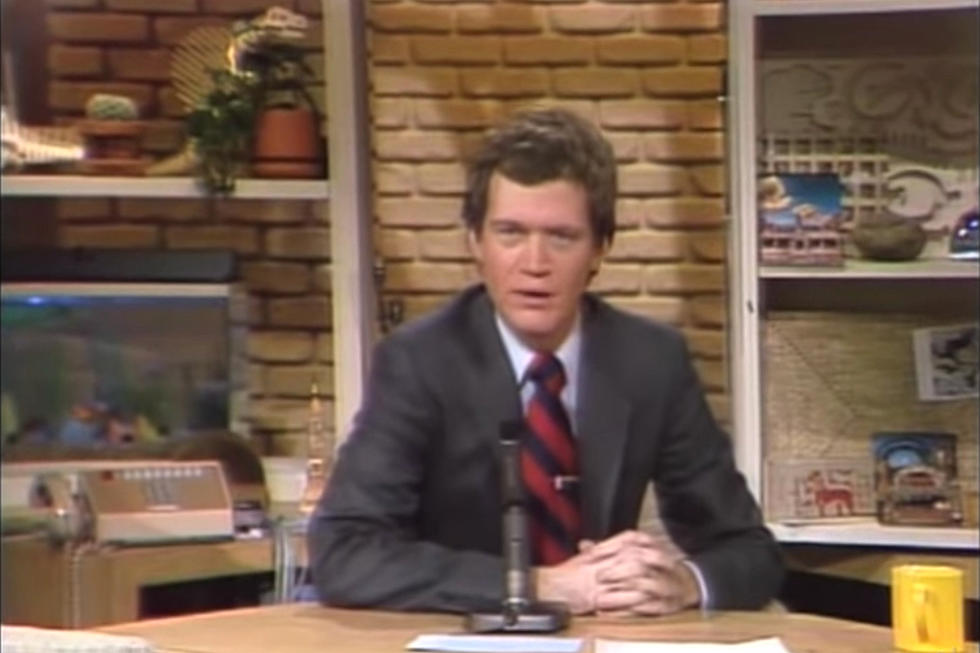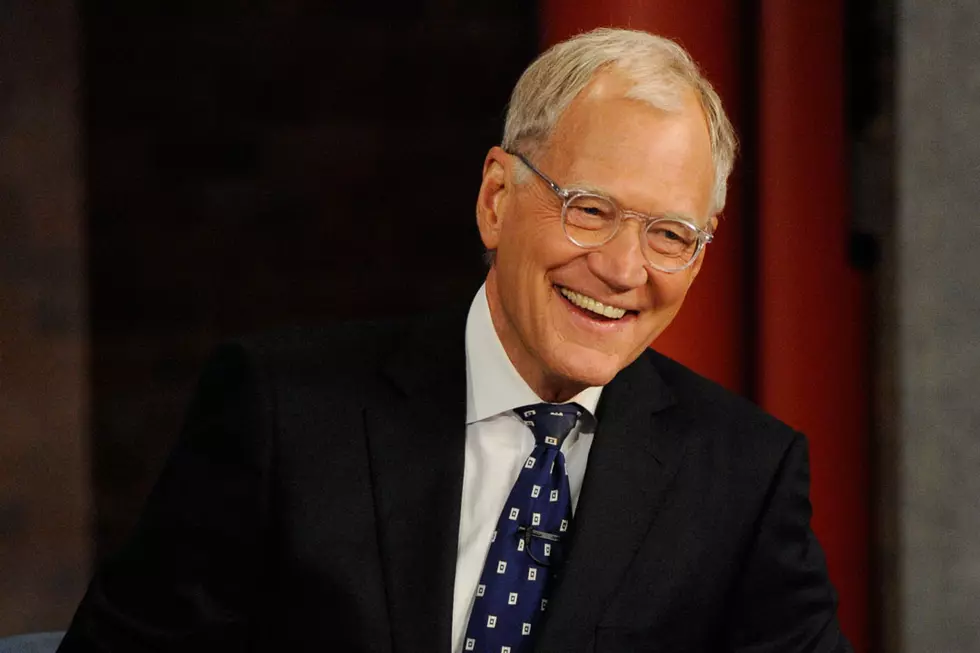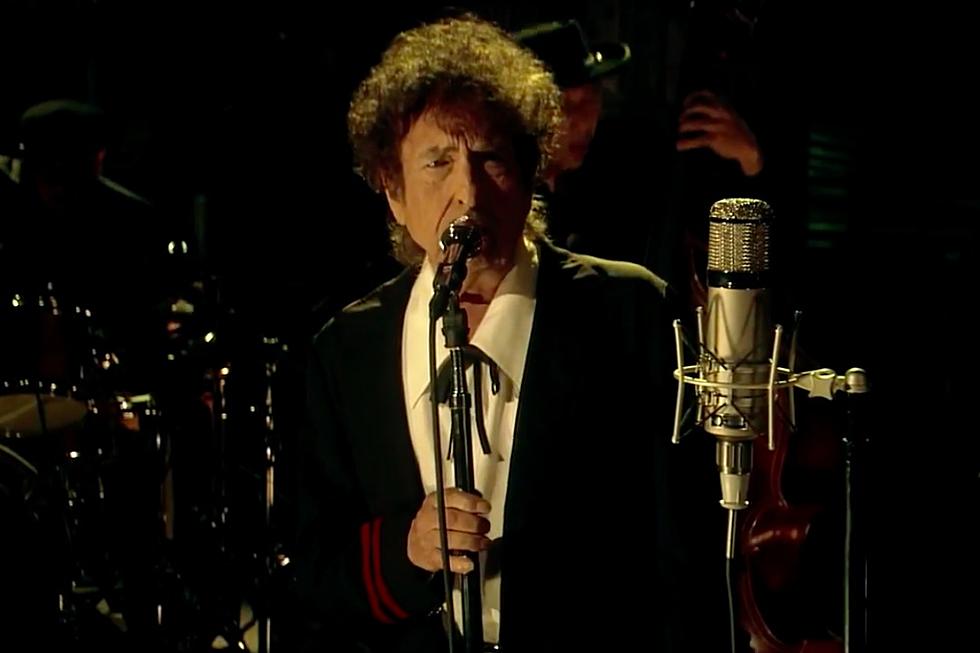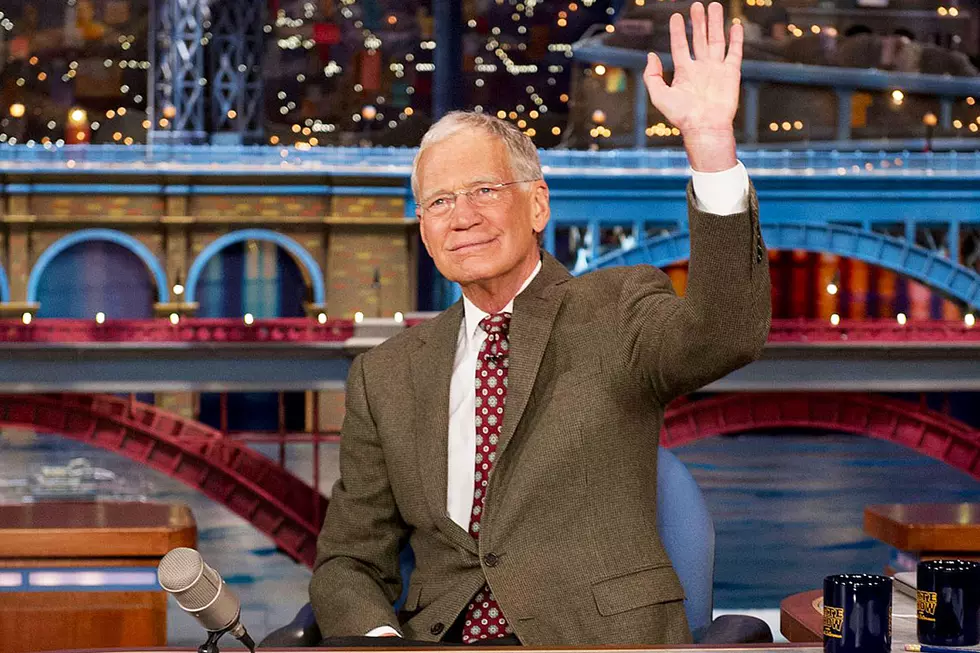
40 Years Ago: David Letterman’s Morning Show Hints at Future Fame
Before David Letterman became a groundbreaking presence in late-night television, he briefly peddled his distinctive brand of humor on a short-lived daytime talk show during the summer of 1980.
Letterman had become a familiar face thanks to his appearances on The Tonight Show With Johnny Carson, which began in 1978. As a guest and occasional fill-in host, Letterman started cultivating his own following, with his sarcastic jokes and dry wit appealing to a younger demographic.
Executives at NBC took notice of this rising talent and decided Letterman was ready for his own daytime vehicle. They let the comedian recruit his own band of writers, but for reasons still unclear, the network assigned veteran game-show producer Bob Stewart to be in charge of the show.
His old-school mentality clashed with staff from day one.
Watch a Promo for 'The David Letterman Show'
“My first clue of what Bob Stewart was like to work for came from when I saw his loyal longtime were all mousy and quiet and non-assertive, scared to say anything,” noted Letterman’s writer and former girlfriend Merrill Markoe in the book Letterman: The Last Giant of Late Night. Director Bruce Burmester was even harsher, calling Stewart a “male chauvinist pig” who didn’t respect his female coworkers.
While writers tried to come up with ideas that broke from the norm, Stewart insisted they stick with traditional methods. As test shows went into production, the sides continually butted heads. At one point, Stewart tried to introduce a campy robot named Nutro to the show, a character who would give viewers daily nutritional advice. The writers were appalled.
Things finally came to a head on June 12, 1980, when Stewart abruptly quit the show, less than two weeks before its premiere. Despite these inauspicious beginnings, The David Letterman Show hit the airwaves on June 23, 1980.
Watch Clips From 'The David Letterman Show'
The program - which originally ran 90 minutes before later being changed to a one-hour format - was irreverent, sardonic and completely different from anything else on television. Years later, talk-show host Conan O’Brien, who was in high school at the time of The David Letterman Show, recalled watching with amazement.
“[Letterman’s] hair resembled an ill-fitting vintage leather motorcycle helmet," O'Brien recalled. "His front teeth had a massive gap that looked almost painted on as a joke. He was wearing the requisite broadcaster’s tie, but khaki pants and Adidas sneakers. His set looked wrong, as if thrown together minutes before the show - strange photos of dogs decorated the wall behind him. And then there was his manner. His smile was not ingratiating, but mischievous and ever so slightly malevolent. He was not comfortable in his own skin at a time when everyone on television, by definition, was comfortable in their own skin. And on top of it all, he was doing a comedy show in the morning. What the hell? Who does a comedy show in the morning? What’s wrong with this guy? Who let this happen?”
As O’Brien described, there was a certain amateurish charm to The David Letterman Show that made it endearing. Unlike other comedic talk shows, such as Carson’s, which were meticulously scripted down to every line, Letterman and his team allowed the comedy to come about in organic and often unscripted ways.
The host would regularly involve everyday people in his segments, either in the studio or via remote camera out in the New York streets, a revolutionary concept for talk shows at the time. “Famous people were The Tonight Show and Merv Griffin,” Letterman later explained. “We wanted real people.”
Watch a Man-on-the-Street Segment From 'The David Letterman Show'
“The prevailing attitude was: It’s daytime, no one’s watching, so let’s do something different,” writer Rich Hall later explained. None of this is to say The David Letterman Show was a well-oiled machine. Far from it. Without an experienced TV producer leading the way, the program was a sort of rudderless ship. Segments went long, schedules were in shambles and the show’s humor missed the mark just as often as it hit.
In many cases, the chaos spawned the comedy. The show was aired live, and Letterman was determined to let things play out on camera no matter how poorly they were going. A classic example came in late August 1980.
Letterman incorporated a wedding anniversary party for two viewers, which took place live onstage at the end of the episode. There was a band, cake and sparklers to celebrate. As the show was coming to a close, confetti and papier-mache rose petals fell from the ceiling. The sparklers soon set the paper products ablaze, creating small fires all over the set. Letterman and several staff members began stomping them out, while a stagehand grabbed a fire extinguisher and the audience hustled away. Still, the band kept playing, the cameras kept rolling and the episode’s director, Hal Gurnee, made sure to capture every frantic reaction.
Watch Fires Break Out on 'The David Letterman Show'
“I love when things screw up,” the director explained. “I don’t like to see people made a fool of. But life is that way. That’s what you’re looking for. You’re looking for things that you wouldn’t even think of doing.”
After a few months, what The David Letterman Show was - and more importantly, what it could be - began to come into clearer view. Producer Barry Sand had come on board, giving the program a steady hand to keep it in line. Several successful recurring segments developed, many of which would later become some of Letterman’s late-night staples, like “Viewer Mail,” “Small Town News” and “Stupid Pet Tricks.”
Letterman and Markoe both saw a certain genius in being stupid, and the simple but brilliant "Stupid Pet Tricks" was their perfect vehicle for that belief. “His idea was we have this multi-million-dollar operation and we’re showing a dog closing a door,” remarked longtime Letterman collaborator Gerard Mulligan. Comedy legend Steve Martin described it a different way. “If they didn’t call it ‘Stupid Pet Tricks,’ it’s ‘Pet Tricks,’" the comedian explained. “I don’t know if I want to see ‘Pet Tricks.”
Watch the First 'Stupid Pet Tricks' From 'The David Letterman Show'
Even though The David Letterman Show developed a devoted niche following, it failed to latch on with the broader viewing audience. Low ratings led NBC to pull the plug on the program in late September 1980. However, after being told the show was done, Letterman still had three weeks' worth of episodes to deliver.
The host made sure those last weeks counted, opening up his bag of tricks and refusing to hold anything back. He flew to Cresco, Iowa, and hosted the show from a viewer’s home. He brought a Missouri farmer and his wife to New York and treated them to a whirlwind day in the city. He let his acerbic wit fly, unafraid that any jokes could backfire. His passionate fan base ate it up, cramming the studio to see some of the final shows. Some even petitioned the station or threatened to block traffic outside the studio until the program was renewed.
Despite this, NBC aired The David Letterman Show for the final time on Oct. 24, 1980. The network kept the host on its payroll, eventually transitioning him to Late Night With David Letterman in 1982. He’d later move to CBS, where he’d stay until his sign-off in 2015.
Watch the Final Episode of 'The David Letterman Show'
Top 100 '80s Rock Albums
More From 98.7 The Bomb










